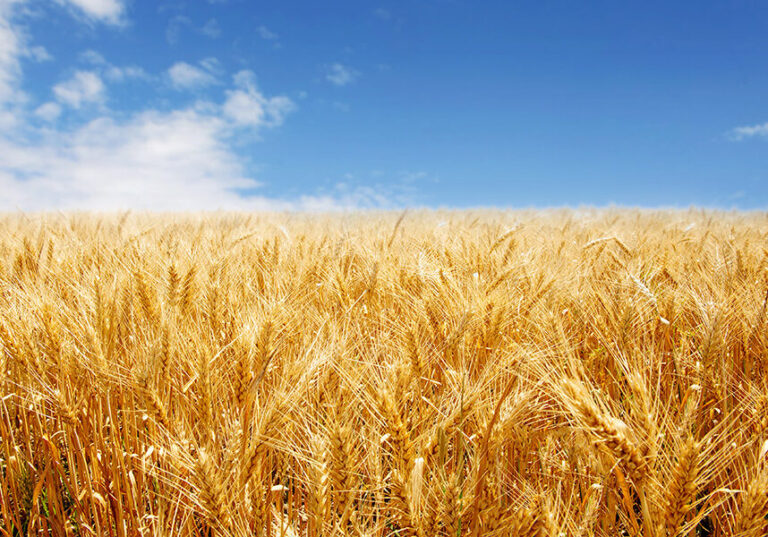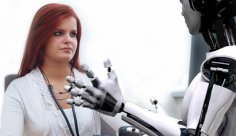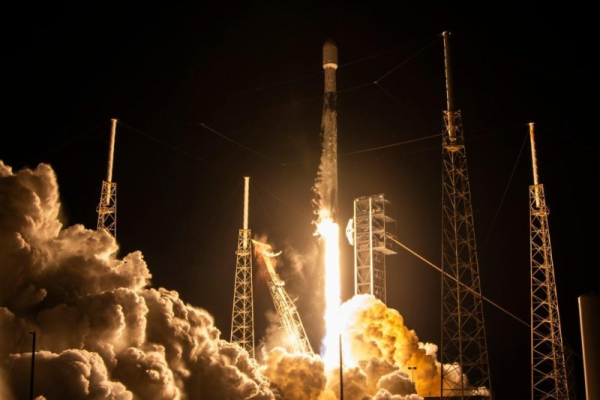
Two NASA astronauts are set to conduct a six-hour, 35-minute spacewalk on Thursday to refresh the International Space Station's power supply and relocate a communications antenna.
Expedition 73 flight engineers Anne McClain and Nicole Ayers are scheduled to depart the ISS at 8 a.m. ET, NASA said. Live coverage will begin at 6:30 a.m. on NASA+.
This will be the fifth all-female spacewalk in NASA history, and the first this year. The 275th spacewalk is being conducted “in support of space station assembly, maintenance, and upgrades,” according to NASA.
This will be McClain, 45,'s third spacewalk, and Ayers, 36, her first.
They intend to install the mounting bracket before additional panels are installed later this year when SpaceX Dragon carries out a cargo mission.
These panels are lightweight energy sources that generate more energy than traditional solar panels and weigh significantly less.
They will increase the total available power by 30%, increasing it from 160 kilowatts to 215 kilowatts.
Diana Trujillo, the spacewalk mission director, noted at a press conference last week that the antenna would be moved a foot and a half to “free one of the antennas from a structural block.”
This antenna provides the ISS with communication with incoming spacecraft.
There are seven people on board the ISS.
Commander Takuya Onishi of the Japan Aerospace Exploration Agency and NASA flight engineer Johnny Kim will help the astronauts don and doff their spacesuits. Kim is a trained physician.
There are also three Russian cosmonauts on board the ISS: flight engineers Sergei Ryzhikov, Alexei Zubritsky and Kirill Peskov.
For several hours, the astronauts will breathe pure oxygen to rid their bodies of nitrogen. They will be attached to the ISS.
Kim also recorded the growth of tomatoes for a space agriculture experiment that is investigating the possibility of crops growing without photosynthesis in microgravity, which could help improve plant cultivation both on Earth and in space.
On Tuesday, the Expedition 73 team learned how to produce nanomaterials that could form the basis for new therapeutics, vaccines and regenerative medicine.
McClain and Kim were in the Kibo laboratory module mixing solutions to create DNA-like nanomaterials. The samples will be examined with an electromagnetic light instrument and sent back to Earth for further analysis.
Kim later joined Ryzhikov and Zubritsky to scan veins inside the Columbus laboratory module. Onishi operated the Ultrasound 2 device so that doctors on the ground could examine the crew's neck, shoulder, and leg veins.
In November, the ISS will celebrate 25 years of continuous astronaut presence on board. Since November 2, 2000, the ISS has never been without a crew.
Sourse: www.upi.com





